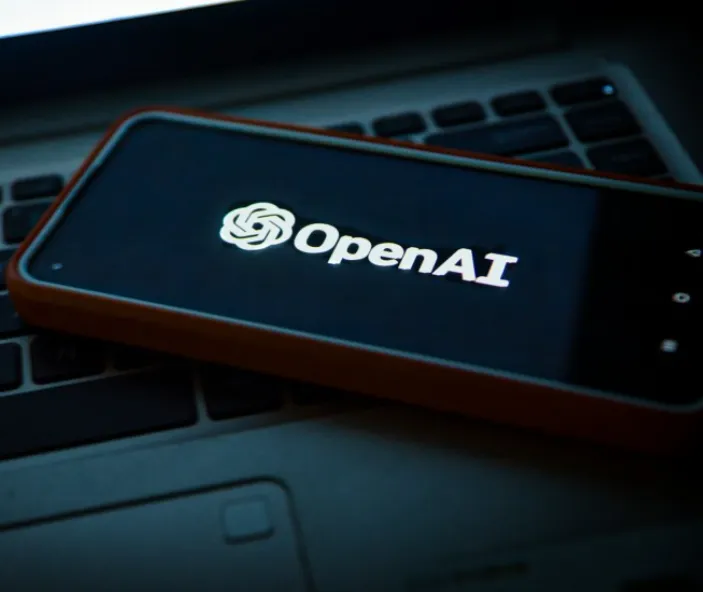OpenAI’s rapid expansion into hardware is drawing some of the brightest minds from Apple, signaling a major shift in Silicon Valley’s talent landscape. A growing number of Apple veterans—engineers, designers, and executives—are leaving Cupertino to join OpenAI’s newly formed hardware division, lured by creative freedom, faster innovation cycles, and stock packages reportedly exceeding $1 million.
The effort is being led by Tang Tan, OpenAI’s Chief Hardware Officer and a long-time Apple veteran who played a key role in turning Jony Ive’s concepts into iconic consumer devices. Under Tan’s leadership, several former Apple specialists have joined the project, including Cyrus Daniel Irani from Apple’s human interface team, Erik de Jong from Apple Watch hardware, and 17-year veteran Matt Theobald. Their collective expertise is shaping OpenAI’s goal of bringing artificial intelligence directly into everyday consumer products.
This momentum accelerated after OpenAI acquired io Products, a hardware startup founded by Ive and Tan, for approximately $6.5 billion earlier this year. The deal brought in a design studio deeply rooted in Apple’s product philosophy. While Ive continues to run his own firm, LoveFrom, he now reportedly spends more time collaborating with OpenAI’s teams in San Francisco, helping to shape the company’s design direction for its upcoming devices.
Beyond talent acquisition, OpenAI appears to be borrowing from Apple’s operational model. The company has secured production partnerships with Luxshare, one of Apple’s primary manufacturers, to assemble its first device, and is in discussions with Goertek to supply speaker components. What took Apple decades to perfect—a reliable and scalable global supply chain—OpenAI aims to replicate within just a couple of years.
Although details remain under wraps, several potential products are said to be in development, including an AI-powered speaker, smart glasses, wearable accessories, and even a voice-driven recording device. Industry insiders suggest that OpenAI’s first consumer hardware could arrive as early as 2026 or 2027, setting the stage for a new class of AI-centric devices.
Apple, meanwhile, is reportedly monitoring the situation closely. The company recently canceled an executive retreat in China amid growing concerns about staff departures to OpenAI. With over 70% of Apple’s revenue still tied to hardware sales, the movement of key personnel poses a strategic risk as artificial intelligence increasingly defines the future of consumer technology.
Despite this emerging rivalry, Apple and OpenAI continue to collaborate. OpenAI’s models power parts of Siri and Apple’s Image Playground app, and both sides are exploring ways to deepen that partnership. Still, the race is intensifying. The next wave of hardware innovation may depend less on sleek industrial design and more on who can weave intelligence seamlessly into the devices of tomorrow.
